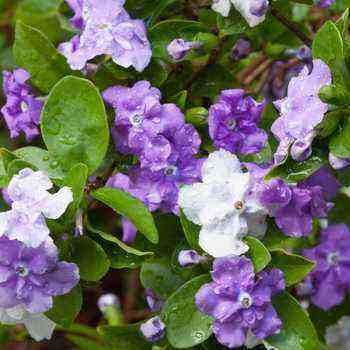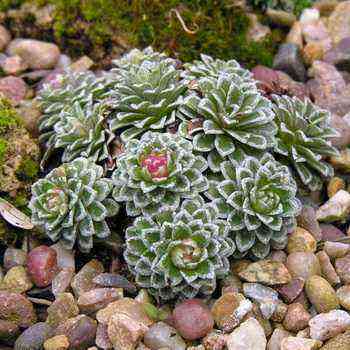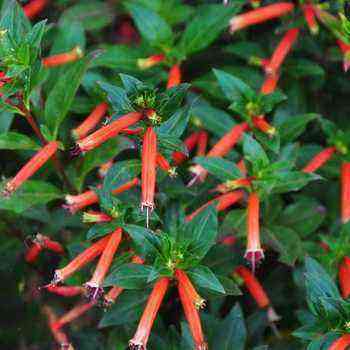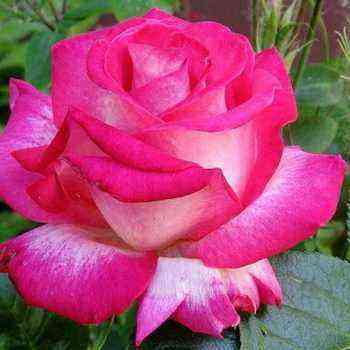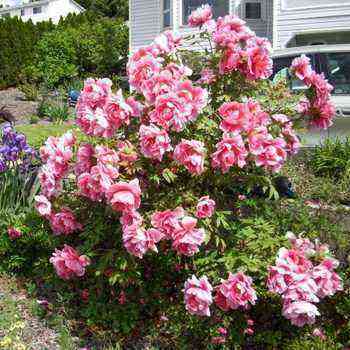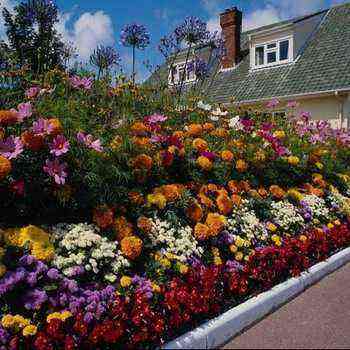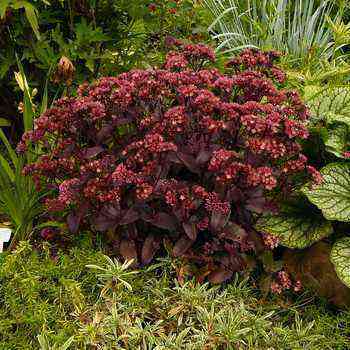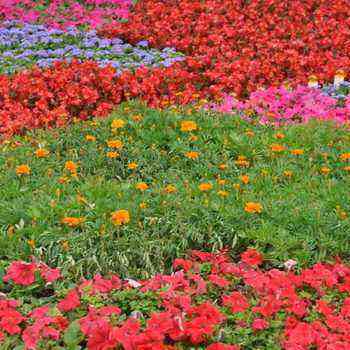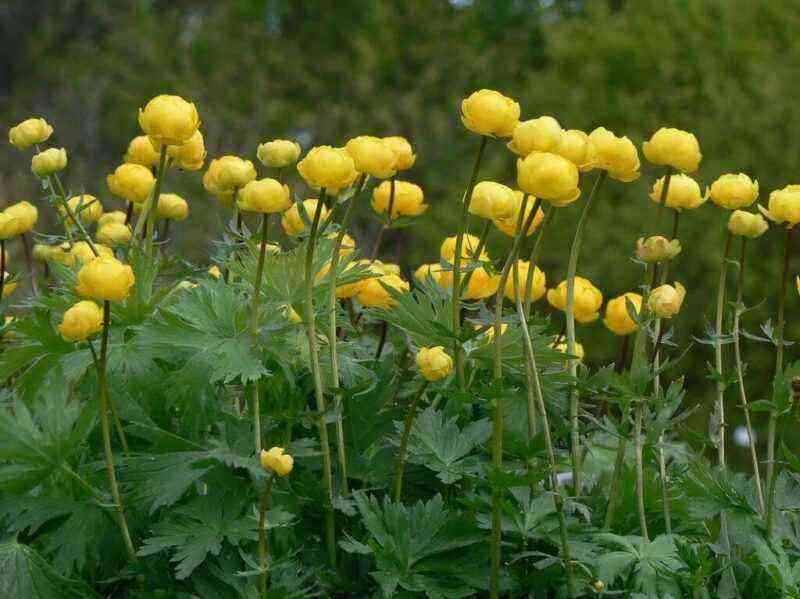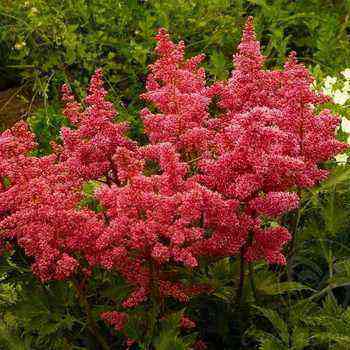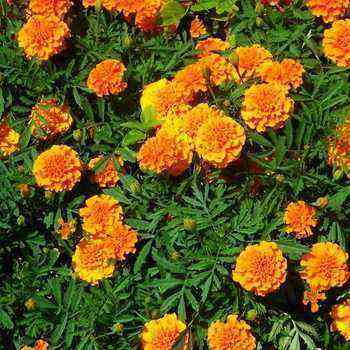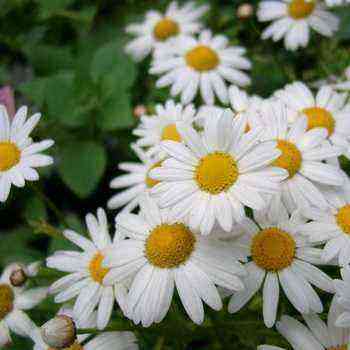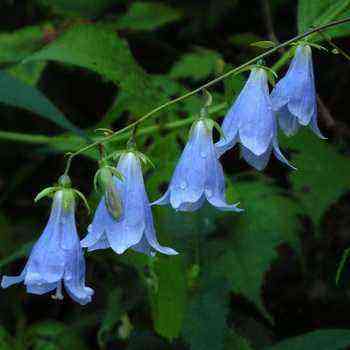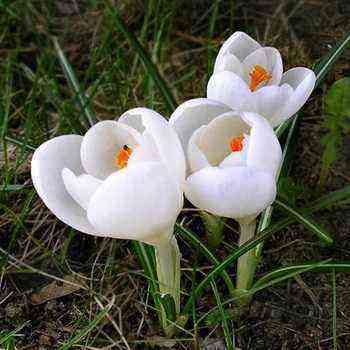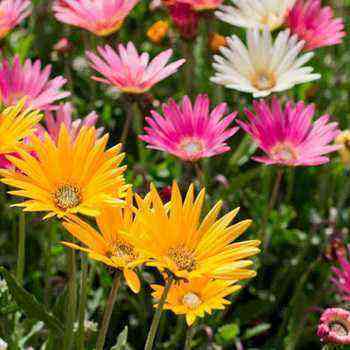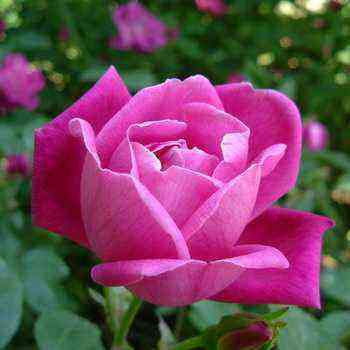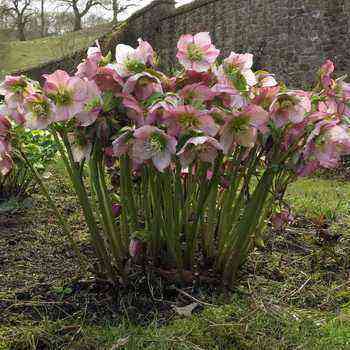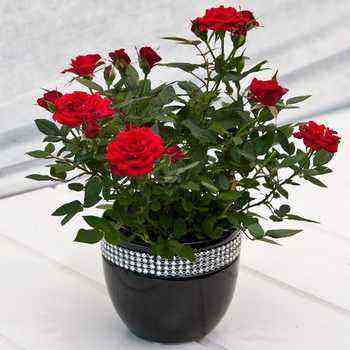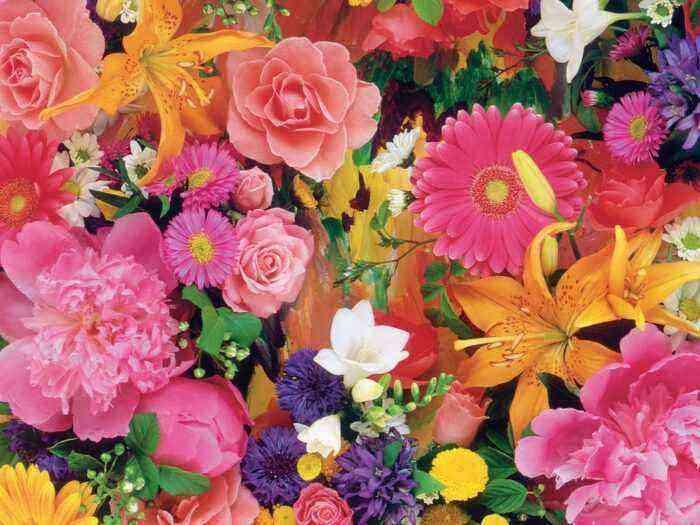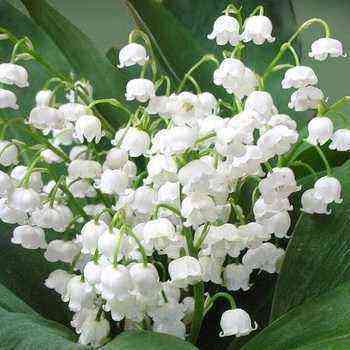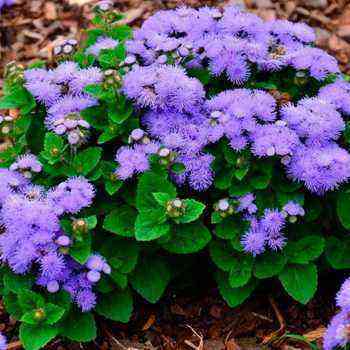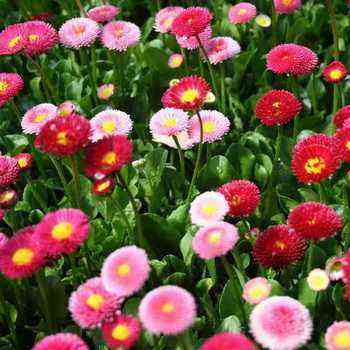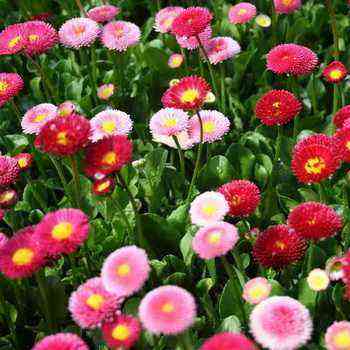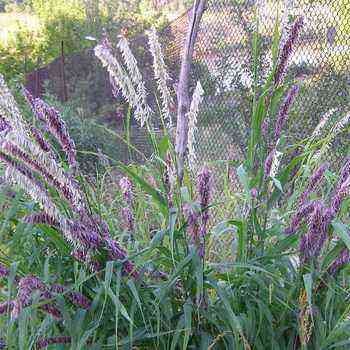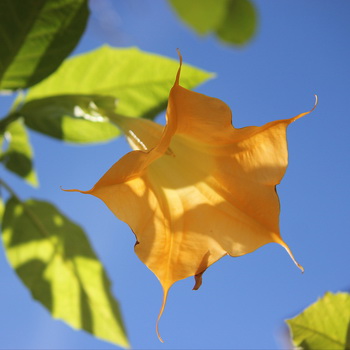 Department: Angiosperms (Magnoliophyta).
Department: Angiosperms (Magnoliophyta).
Class: Dicotyledones.
Procedure: Solanales
Family: Solanaceae (Solanaceae).
Sort by: Brugmansia.
Type: golden brugmansia (B. aurea).
Brugmansia golden – endemic to the high mountain rain forests of the Andes. Grows in Ecuador, Southern Colombia and Peru. Also, the brugmansia plant has adapted well in Mexico and Central America. We suggest that you familiarize yourself with the description of brugmansia, learn about the use of brugmansia in floriculture, and also see a photo of brugmansia during the flowering period. Undoubtedly, many will be curious and interesting facts about the intoxicating plant brugmansia, which we present in this article.
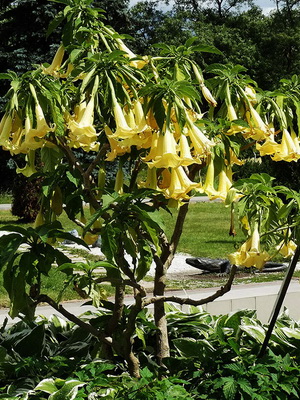

The plant is a weakly branched bush or slender tree up to 9 m high. The leaves are alternate, petioled, dark green, densely covered with short soft hairs. The plate is oval, up to 40 cm long and up to 15 cm wide.
On the shoots, brugmansia flowers are located one at a time, but there can be dozens of them on a plant. Bisexual, regular in shape, funnel-shaped, with a long tube and wide limb, they have a golden, white or pinkish tint, reach 23 cm in length and 15 cm in diameter. The fruit is a smooth, oblong green berry with large brown or black irregularly shaped seeds.
Blooming brugmansia
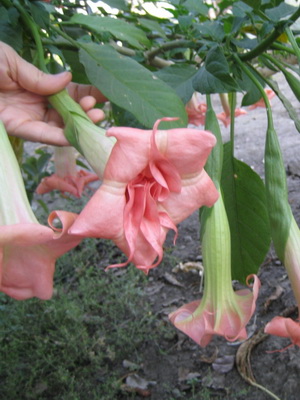

Brugmansia blooms in summer and early autumn. In the evenings, the flowers open wide and smell especially strong, attracting pollinators – moths from the moth family (Sphingidae).
Ripe fruits fall to the ground and burst. New shoots sprout from the dropped seeds near the mother plant.
The plant propagates by seeds and vegetatively – by cuttings of the stem.
Application of the brugmansia plant
In tropical and subtropical regions, brugmansia is grown in gardens. In countries with a temperate climate, it acts mainly as an indoor and greenhouse plant. Most often it is brugmansia fragrant (B. suaveolens) or its hybrids.
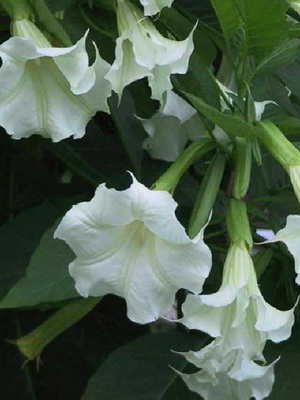
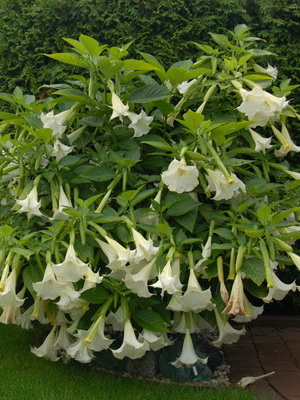
The popular garden brugmansia snow-white (B. x candida) was obtained from the crossing of golden and multi-colored brugmans (B. versicolor).
The plant has medicinal properties, but the side effects of brugmansia are too severe to be used in mainstream medicine. The Indians treat rheumatism, arthritis, dermatitis, helminthiasis and flatulence with them. In Ecuador, brugmansia seeds are placed in chicha, a traditional low-alcohol beverage made from corn kernels, which is drunk on holidays and during religious ceremonies. The leaves are added to smoking mixtures. All parts of the plant contain strong alkaloids (scopolamine, atropine and hyoscyamine), which can cause severe poisoning in humans with stupor and hallucinations. Death is possible.
Brugmansia flowers hang freely from the branches, thanks to which rainwater flows down the corolla, like an umbrella, and the pollen inside remains dry.
Interesting facts about the intoxicating plant brugmansia
For the Indian tribes of South and Central America, brugmansia has had ritual significance for centuries. Shamans Guambiano, Mapuche, Canelo, Chibcha, Choco, Ingano and Zhivaro used the infusion of flowers or the juice of this intoxicating plant to fall into a trance. It was believed that in this state, a person can predict the future, talk with spirits, call for death and see gold deposits through the earth.
Brugmansia bears the name of the Dutch physician and biologist Sebald-Justin Brugmans (1763-1819). It is often confused with Datura, although it was singled out as a separate genus at the beginning of the 19th century. Plants are easy to distinguish. Datura are herbaceous annuals, rarely exceeding 1 m, while all brugmansia are trees or shrubs.
Today, the area of golden brugmansia is shrinking due to human activities. Deforestation is the main danger. However, the plant is not threatened with complete extinction, since it has long been cultivated.
For fragrant gramophone flowers, golden brugmansia is called the angelic trumpet and golden dope.
